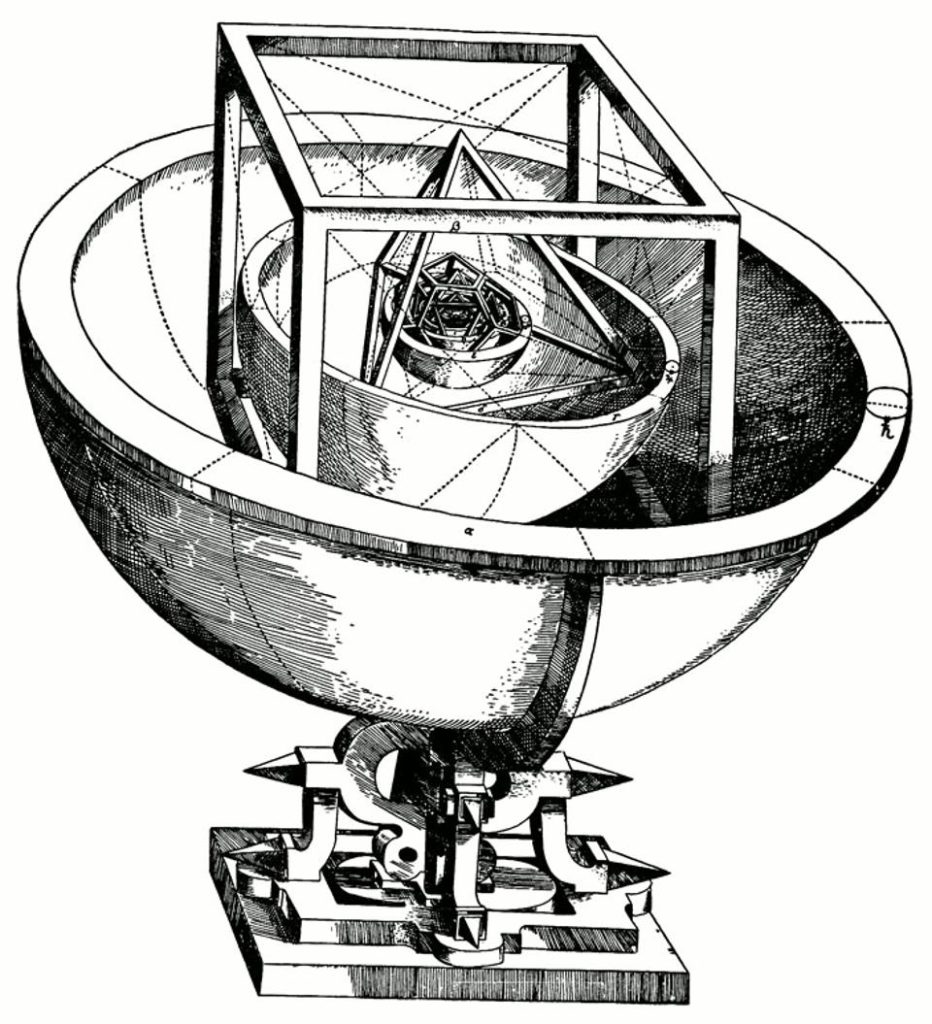Not every scientist will get to experience a true breakthrough during their career, but they do learn an awful lot. By studying the great advances of the past and how they were made, and what made them possible, scientists learn a great deal about the universe and essentially our own lives. The following are five valuable life lessons that not just scientists can benefit from, but us to:
- For a long time, Newton’s law of gravitation held true; right up until the time Einstein came along, anyway. Einstein questioned Newton’s law and concurred that it was fundamentally wrong, and could only ever be an approximation of the Universe. Einstein’s theory of General Relativity was created by treating spacetime as a four-dimensional fabric that was distorted by the presence of matter and energy and helped to overcome many Newtonian assumptions.
- The Universe is always expanding. For a long time, many people, including Einstein, believed the Universe was static. but the Hubble soon helped prove them wrong. With help from the Hubble obtaining the distance to the galaxies their speeds were actually detected too and in 1929 the expanding Universe theory became known.
- If your aim was to figure out how gravitation affects the Earth exactly, you’d need to know every particle in the Universe’s mass and position and then work out the gravitational attraction that exists between them all, and that would be near on impossible. Instead, by modeling the Earth as a single object of mass and volume we reach a solution quite easily. With regards to tides, only the Sun, Moon, and Earth’s oceans are needed. General relativity is needed for the Earth’s motion around the Sun, and we need the Sun for the Earth’s motion through the Universe.
- Never be afraid to try something just because it might turn out wrong. Without the work of previous scientists who ended up being wrong, Darwin would never have come up with the theory of evolution. So, even being wrong can help sometimes.
- Math will get you further than anything else, including your own intuition. Although Copernicus came up with a fantastic heliocentric model, his circular orbits were unable to explain the observations of planets quite like Ptolemy’s epicycles did. Then, around half a century later, Johannes Kepler built upon this idea already laid out by Copernicus and came up with Mysterium Cosmographicum, which is basically a set of nested spheres whose ratios explain the orbits of the planets. However, the numbers didn’t add up using circles, so instead, they used ellipses, which seemed to work. This is just one example of how none of it would have happened without the use of math.

More News to Read











